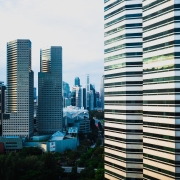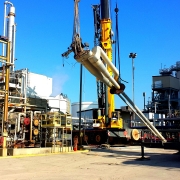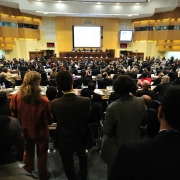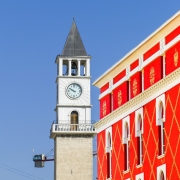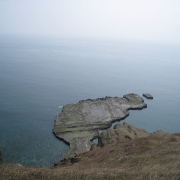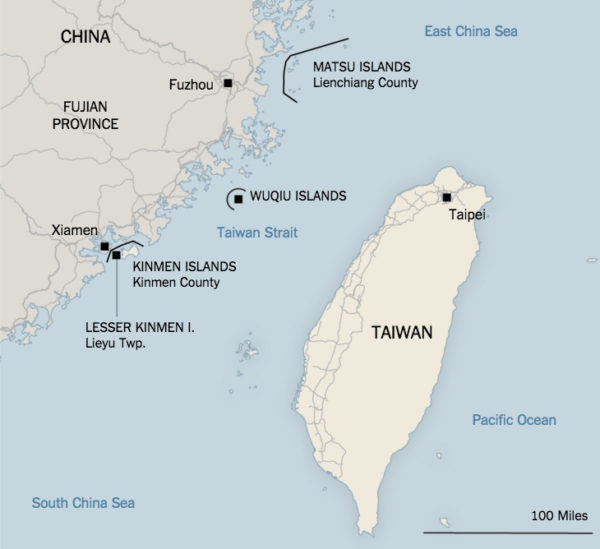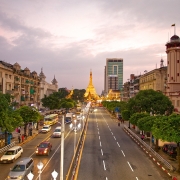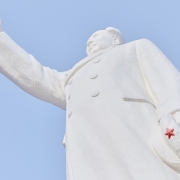What is the Singapore Economic Development Board?
Topic of Study [For H2 History Students]:
Paper 2: Economic Development after Independence
Section B: Essay Writing
Theme II Chapter 1: Paths to Economic Development
Historical Context
In 1961, the Dutch economist Albert Winsemius made a trip to Singapore to assess the economic situation as a representative of the United Nations Development Programme (UNDP) team. Then, he proposed that the Singapore Government should embark on industrialisation to address the high levels of unemployment.
On 26 April 1961, the Minister of Finance Dr. Goh Keng Swee oversaw the tabling of the Economic Development Board (EDB) bill at the Legislative Assembly. The proposed EDB was meant to replace its predecessor – the Singapore Industrial Promotion Board (SIPB). The SIPB was formed in 1957 for industrial development, but it lacked the capacity to scale up domestic production.
Singapore’s rapid GDP growth to the mid-1960s was chiefly due to expansion in the manufacturing and construction sectors. The former depended principally on import-substituting industries encouraged by the formation of Malaysia; increased construction reflected economic planning which concentrated on investment in infrastructure. The Economic Development Board (EDB), as the government’s agent, was set up as ‘the spearhead for industrialisation by direct participation in industry’ and building necessary infrastructure.
An excerpt from “The Economic Growth of Singapore: Trade and Development in the Twentieth Century” by W. G. Huff.
Then, the Permanent Secretary Hon Sui Sen assumed the role of Chairman in the newly-established EDB. Notably, there were four divisions:
- Finance Division
- Projects Division
- Industrial Facilities Division
- Investment Promotion Division
1960s: Jurong Industrial Estate, JTC and DBS
The Industrial Facilities Division took the lead in shaping Jurong into an industrial estate. Factories were built to support the production of low-value-added goods such as wigs, toys and garments. The EDB had envisioned a production base to prepare Singapore for export-oriented industrialisation (EOI) in the future.
After the Separation from Malaysia in August 1965, plans for export promotion were accelerated. In 1968, the Jurong Town Corporation (JTC) was set up to oversee industrial estate development. In the same year, the Development Bank of Singapore (DBS) was formed to take over the EDB’s role of industrial financing.
Industrialization was government-driven and approximately 85 percent of the industrial land was developed by government bodies. As a key engine driving the industrialization program, the Economic Development Board (EDB) was set up in 1961 and was instrumental in the birth of the Jurong Industrial Estate. In 1968, the Jurong Town Corporation was created as a full-fledged statutory board of the EDB to undertake planning, development, leasing and management of all industrial estates.
An excerpt from “Spatial Planning for a Sustainable Singapore” by Tai-Chee Wong, Belinda Yuen and Charles Goldblum.
1970s: Gearing up for export-driven industrialisation
The EDB then intensified its efforts to raise the skills proficiency of the labour in Singapore. The Board facilitated the formation of joint government-industry training centres and provided access to training grants.
For instance, the Skill Development Fund was set up in October 1979 to finance manpower training, upgrade business operations and retrain displaced workers. Also, it promoted the expansion and diversification of local industries, so as to position Singapore as a business hub.
With strong government support, Singapore’s reliance on entrepôt trade had declined from 43 percent in 1960 to 16 percent by the early 1970s. In contrast, it was precipitated by the increase in manufacturing activities from 11 percent of total Gross Domestic Product (GDP) in 1960 to 20 percent in 1970. By then, unemployment rate hovered around 3 percent by the early 1970s.
The EDB’s export strategy was backed by wage control measures. In 1972, the National Wages Council (NWC) was formed to set national wage policies and create annual wage guidelines to regulate wage increment.
The modest wage increase in Singapore from the mid-1970s onwards was a boon to labor-intensive manufactured exports; it also held back the natural adjustment process of economic upgrading in terms of moving towards more capital-intensive activities. Furthermore a low-wage economy creates its own vicious cycle: low wages tend to encourage firms to use labor inefficiently which in turns results in low productivity and, hence, low wages. This actually happened in Singapore in the late 1970s, as labor productivity in 1979 dipped to an all-time low of 2.6 percent amidst full employment and a very tight market.
An excerpt from “Economic Development in East and Southeast Asia: Essays in Honor of Professor Shinichi Ichimura” by Seiji Naya and Akira Takayama.
In view of this economic setback, the Government embarked on its ‘Second Industrial Revolution‘ in 1979 to undergo economic restructuring. It can be understood by its three-pronged approach:
- Wage increments to incentivise more efficient firms to raise productivity through automation
- Fiscal incentives in the form of taxation and subsidies to promote expansion, automation and R&D spending
- Manpower training to cultivate a pool of highly-skilled and literate labour force
Now, [the government] decided that a series of substantial wage increases was the best way to force less productive industries and companies to upgrade, close down, or relocate to countries with cheaper labour costs. These industrial restructuring efforts, driven by a clear government commitment to raise the wage of Singaporean workers , came to be known as Singapore’s ‘Second Industrial Revolution’ in contrast with the earlier industrialisation efforts that had been focussed on solving the unemployment problem.
An excerpt from “Singapore’s Productivity Challenge: A Historical Perspective” by Lee Kuan Yew School of Public Policy.
What can we learn from this article?
Consider the following question:
– To what extent was government intervention most crucial in explaining the economic development of Singapore?
Join our JC History Tuition to comprehend the topic on Paths of Economic Development in independent Southeast Asia. The H2 and H1 History Tuition feature online discussion and writing practices to enhance your knowledge application skills. Get useful study notes and clarify your doubts on the subject with the tutor. You can also follow our Telegram Channel to get useful updates.
We have other JC tuition classes, such as JC Math Tuition and JC Chemistry Tuition. For Secondary Tuition, we provide Secondary English Tuition, Secondary Math tuition, Secondary Chemistry Tuition, Social Studies Tuition, Geography, History Tuition and Secondary Economics Tuition. For Primary Tuition, we have Primary English, Math and Science Tuition. Call 9658 5789 to find out more.

